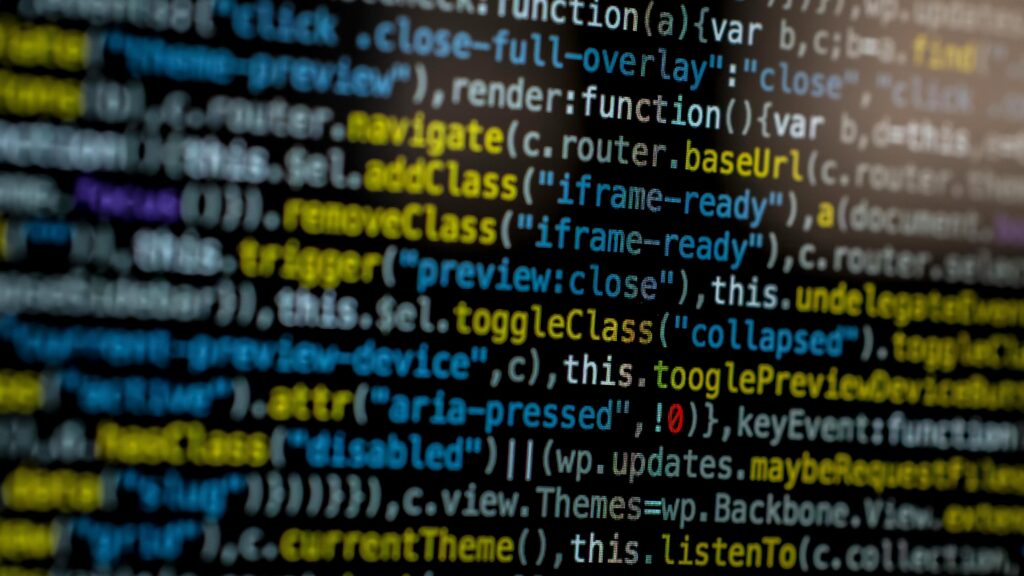When I first learned how computers send data accurately, I kept hearing one term — the parity bit. So, what is a parity bit, and why is it important? A parity bit, also known as a check bit, is a small but powerful mechanism that helps detect transmission errors. It adds a single bit to binary data to verify accuracy. In this article, I’ll explain what is a parity bit, how it works, where it’s used, and why it’s essential for reliable digital communication.
How a Parity Bit Works
In binary, every bit counts. Literally. A parity bit checks whether the number of 1s in a binary string is even or odd. We usually apply it to 8-bit bytes, though it can cover longer strings too.
Depending on the system, I choose between even parity and odd parity.
Even Parity
For even parity, I count the 1s in the data. If that number is odd, I set the parity bit to 1 to make it even. If the number is already even, I set the parity bit to 0. That way, the total number of 1s—including the parity bit—is always even.
Odd Parity
For odd parity, I reverse the rule. If the number of 1s is even, I set the parity bit to 1. If the number is already odd, I set it to 0. This keeps the total count of 1s odd.
Because the parity depends on every bit, changing even one bit changes the parity. That’s what makes it great for detecting errors.
Parity in the Sciences
Now, let me step back for a second. In mathematics, parity simply means whether a number is even or odd. In binary, I can check that by looking at just the least significant bit—the last one.

In computer science, though, parity goes further. It checks the entire bit string to see if the total number of 1s is even or odd. Since flipping any bit changes the parity, it’s perfect for detecting errors caused by noise or transmission glitches.
Parity in Action: Telecommunications
When I send data over a network, both the sender and receiver agree on the type of parity—either odd or even. Then the sender adds the parity bit. The receiver checks if the parity matches what’s expected.
If it doesn’t, the receiver knows there’s a parity error. It can then request a retransmission of the data. This process keeps communication reliable, even in noisy conditions.
Error Detection Scenarios
Here’s a real example. Say I want to send the 4-bit message 1001.
Even Parity:
- 0 + 1 + 1 + 0 = 6 (even) with two 1s, so parity bit = 0
- I send: 01100
The receiver gets 01100, counts the 1s again, and confirms the total is even. Success!
But if something goes wrong—say, the third bit flips:
- Sent: 01100
- Received: 01000
- Count of 1s = 1 (odd)
That signals an error. The receiver knows the message got corrupted.
Odd Parity:
Let’s use a different message: 1100.
- 1 + 1 + 0 + 0 = 12 (even) with two 1s, so parity bit = 1
- I send: 11001
Now, the total number of 1s becomes 3, which is odd—just what I want.
Again, if the bits flip and the parity doesn’t match, the receiver detects the issue. However, there’s a catch…
Limitations of Parity Bits
Parity is great for single-bit errors, but it can’t detect multiple errors if they cancel each other out. Here’s how.
Say two bits flip:
- Sent: 10010
- Received: 11011
- Number of 1s still = 4 (even)
Even though the data changed, the parity bit doesn’t notice. That’s the big limitation. Parity bits are best for simple, fast error checks—but not full error correction.
When I need more power, I combine parity with other tools like Hamming codes.
Final Thoughts
So, what is a parity bit in computer science? It’s a simple, clever way to check if data has been changed. It doesn’t fix the data—but it alerts us when something’s wrong.
I’ve seen parity used in hardware, networks, memory, and storage. It’s everywhere because it’s fast, cheap, and effective. When combined with other error-handling methods, it becomes even more powerful.
If you’re building systems that send or store data, consider using parity. It’s one of the oldest tricks in the book—and still one of the best.
What’s Next?!
Now that you understand what a parity bit is and how it ensures accurate data transmission, it’s time to explore another concept that keeps computing efficient and organized. In my next article, “What Are Subroutines? A Deep Dive Into How They Work,” I’ll explain how subroutines structure programs, enable code reuse, and improve performance. Join me to discover how these essential building blocks make complex software run smoothly.
Credits: Photo by Antoni Shkraba from Pexels
| More on draw.io |
|---|
| Mastering Cut, Copy, Paste, and Delete in draw.io How to Undo or Redo Editing in draw.io How to Exit draw.io How to Close a Draw.io Diagram How to Print a Draw.io Diagram |




